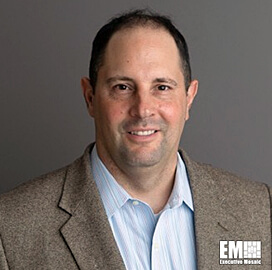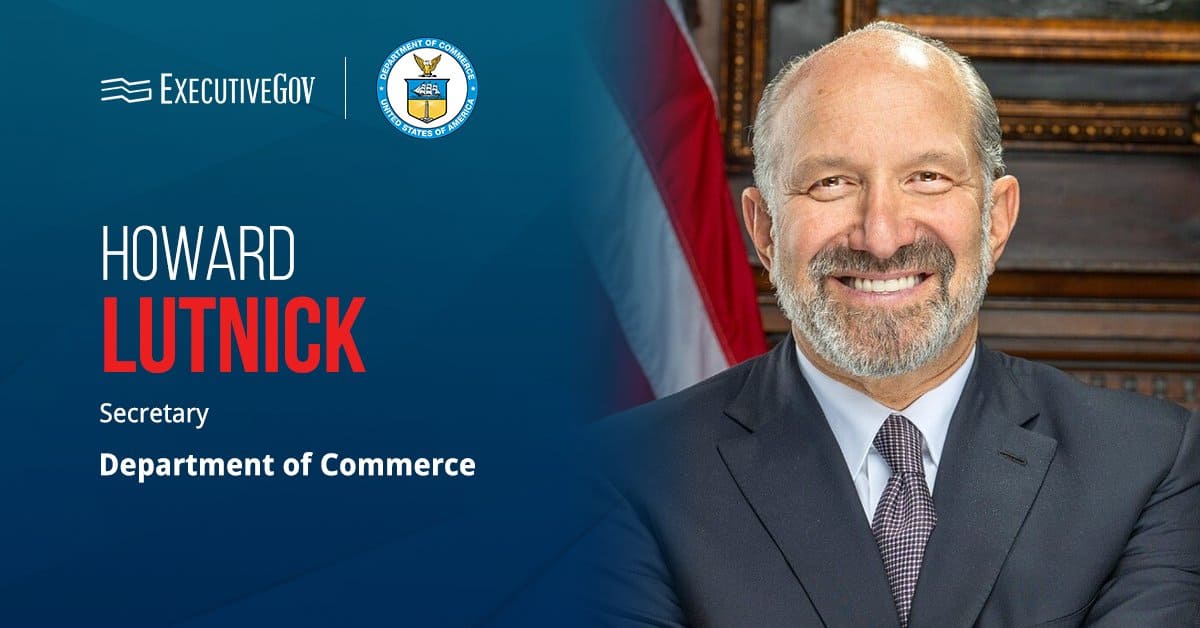Mike Bosco, senior vice president of Army Mission Solutions for Sev1Tech LLC, recently spoke with ExecutiveGov regarding the company’s recent acquisition of Geocent and how the company has adapted to the advancements in its winning culture as well as new capabilities including DevSecOps, software development, science & engineering and others like data analytics tools.
In addition, Mike Bosco also discussed the influence that IT modernization initiatives are having for the U.S. Army, Navy and other service branches to improve warfighter training and drive the new emerging technology capabilities to project our national security interests during the latest Executive Spotlight interview.
“Training is important. As a nation, we do our best to understand and predict what is coming next, but no one has a crystal ball that can predict the next global crisis. The benefit is that a lot of these capabilities are not new. We’re talking about a Joint Warfare Doctrine. We’ve been doing this for a long time and our competitors are now trying to catch up with us.”
You can read the full interview with Mike Bosco below:
Table of Contents
ExecutiveGov: What can you tell us about the company’s recent growth initiatives and how you’re driving value for your customers through contract awards, acquisitions and other aspects across the federal sector?
Mike Bosco: “With some of our recent acquisitions like Geocent last year, we’re really excited about the milestones we’ve surpassed. We’re very excited that we integrated the company into our Sev1Tech culture. They added amazing DevSecOps, software development, and science & engineering capabilities, as well as data analytics tools to our portfolio.
For me, with the Army business unit, the question is how to expand the great Sev1Tech capabilities that have been exercised in programs within the Department of Homeland Security (DHS), Air Force, U.S. Navy, and Marine Corps.
The challenge is to bring innovation to legacy systems under slow acquisition processes across the Army and other service branches. We are ecstatic about the future in providing new capabilities to our clients.
While there is a lot of excitement, we need to ensure Sev1Tech capitalizes on what we have to offer and there will be a significant impact on our growth strategy moving forward. Before the recent acquisition of Geocent, Sev1Tech was a 600-person company. Now, we’re a workforce of over a thousand people. Obviously, that’s changed how we look at our growth.
We’re no longer that mid-tier small business. Sev1Tech is now competing on the large contractual landscape. We’ve moved up in weight class and we’re working to take on all these capabilities and maintain our momentum and size as well as take some big swings at larger programs within the federal landscape.
From a capability and a process perspective, Sev1Tech will have an advantage over several large integrators because of our agile and people-focused mindset to bring value to our clients and deliver on the changing mission priorities. That’s our approach. We’re homerun hitters now.
Our senior leadership team is quite good about working with people and bringing in the right talent to continue to drive our company’s growth. Last year, Sev1Tech appointed Zhenia Klevitsky as our Chief Growth Officer, and we’ve been working on the process and structure to change our mindset around our growth and redesigned our approach to taking big swings.
To drive success in this sector, Sev1Tech needs to hit on all cylinders and bring all the best talent on board. That’s how we continue to mature and deliver rockstar solutions for our clients. Unfortunately, there’s no secret sauce that you can just buy. We’re sticking to what brought us to the dance, our culture, and that’s been my focus in the Army business unit for Sev1Tech.”
ExecutiveGov: What are the core values that are important to your company’s culture? How has your team developed its workflow and ability to drive success in such a competitive market?
Mike Bosco: “As we integrated our recent rebranding, we wanted to bring the great team of Sev1Tech together and bring everyone on board following Geocent’s acquisition. It was important that everyone in our employee base felt like a part of our company. Our focus is employee-centric, and we’ve done more than update our logo. We’ve rebranded our model with the teams in place.
I believe that any great company has a culture surrounded by talent and like-minded people. It’s what supports your organization on a day-to-day basis and that passion flows from our CEO Bob Lohfeld all the way through our executive leadership team to every employee.
We’re the type of company that cares deeply about our people. If we have happy employees and a team atmosphere every day, Sev1Tech is going to benefit and that’s going to include the missions of our customers and the support we provide. At the end of the day, positivity breeds positivity and builds on how we address our clients’ missions and ensure they’re satisfied with the results.
In my first integration meeting with Geocent, one of the things I was most excited about was the innovative technologies that they brought to the table. I was impressed from the beginning with the capabilities and technical talent that Sev1Tech would be able to offer our customers.
Geocent brings some amazing capabilities in space-based technology. Our talent has worked on NASA’s Artemis next-generation Space Launched System (SLS). We have a presence in Huntsville that’s going to prove to be very important down the line. From the first meeting with their super-talented technical team, I felt great about what we can accomplish.
In addition, we didn’t find many cultural differences or barriers either. I thought the integration of our cultures went extremely well and Sev1Tech has come out of that firing on all cylinders. I give credit to everyone on our executive leadership team and our entire workforce for the successful integration. It’s worked out well and these recent milestones are just the beginning.”
ExecutiveGov: As warfare continues to be influenced by IT modernization and other initiatives, what do you believe are the most significant capabilities that are being developed for the Army, Navy, etc. to ensure our warfighters have received proper training with the latest emerging technologies to protect themselves and our nation’s national security interests?
Mike Bosco: “I’m a retired Sergeant Major with the Army. I was a Special Ops / Intelligence guy and training is something that’s been near and dear to my heart for a long time. When I came into the Army, I was training in Vietnam tactics on the ground, but these were the times of Desert Storm and the first Gulf War, which were totally different environments than we were being trained to handle.
Training is important. As a nation, we do our best to understand and predict what is coming next, but no one has a crystal ball that can predict the next global crisis. The benefit is that a lot of these capabilities are not new. We’re talking about a Joint Warfare Doctrine. We’ve been doing this for a long time and our competitors are now trying to catch up with us.
While our near-peer adversaries have watched us these past 20 years, we’re fighting in a Multi-Domain Operations (MDO) environment (Air, Ground, Sea, Space, Cyber). I’m a firm believer that the technology revolution is moving so quickly that one of the biggest challenges is to understand and identify those technologies that can meet the mission now for our troops in harm’s way.
Another significant driver of technology is about bettering our joint warfare doctrine and how to better apply it to the new Multi-Domain Operations perspective through technology and really capitalize on creating the advantage to the tactical edge. Service members we are supporting today are users of technology in their everyday lives. They’re growing up and learning to use all this new technology and expect the best to provide the advantage and win on the next generation battlefield.
Times have changed. During my military service, we were putting people in planes to support missions. Now, we’re seeing someone in Nevada flying a remote unmanned aircraft across the world. We’ll always have a need to have boots on the ground, but the challenge is about enabling our warfighters to have the proper tools and keep them from issues like data overload.
I also believe in the unified network approach that the U.S. Army has been taking. I’m still an old-school guy. Back in the day, I had six desktops and various classification levels. How can you transfer data between six desktops? In the modern-day, it’s more about changing policy and mindset to unify our networks and share data. We’re all working to get there so to better leverage technology.”





